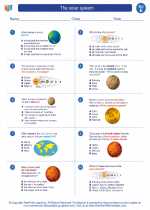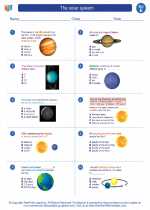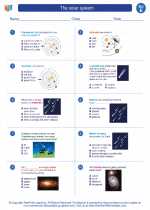What is a Tornado?
A tornado is a rapidly rotating column of air that is in contact with both the surface of the Earth and a cumulonimbus cloud or, in rare cases, the base of a cumulus cloud. Tornadoes are often referred to as twisters or cyclones and can be extremely destructive.
Formation of Tornadoes
Tornadoes typically form from severe thunderstorms, when warm, moist air collides with cold, dry air. This collision creates instability in the atmosphere, leading to the development of a rotating updraft within the storm. As the updraft intensifies, it can result in the formation of a tornado.
Characteristics of Tornadoes
Tornadoes are known for their destructive power, with strong winds that can reach speeds of over 300 miles per hour. They often appear as a rotating, funnel-shaped cloud extending from the base of a thunderstorm to the ground. Tornadoes can vary in size and intensity, from relatively small and weak to large and extremely violent.
Study Guide
- Tornado Formation: Describe the conditions that are conducive to the formation of tornadoes, including the role of warm, moist air and cold, dry air in the process.
- Tornado Structure: Discuss the key characteristics of tornadoes, including their appearance, size, and destructive potential.
- Tornado Safety: Explain the safety precautions and preparedness measures that individuals and communities should take in the event of a tornado, including seeking shelter in a basement or interior room away from windows.
- Tornado Classification: Explore the Enhanced Fujita (EF) scale used to classify tornadoes based on their intensity and damage caused, ranging from EF0 (weakest) to EF5 (strongest).
- Tornado Research: Investigate the tools and technology used by meteorologists to track and study tornadoes, such as Doppler radar and storm-chasing vehicles.
◂Science Worksheets and Study Guides Fifth Grade. The solar system

 Worksheet/Answer key
Worksheet/Answer key
 Worksheet/Answer key
Worksheet/Answer key
 Worksheet/Answer key
Worksheet/Answer key
 Vocabulary/Answer key
Vocabulary/Answer key
 Vocabulary/Answer key
Vocabulary/Answer key
 Vocabulary/Answer key
Vocabulary/Answer key
